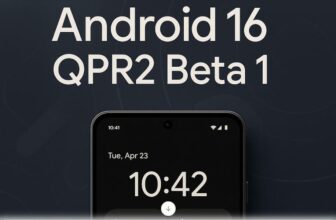A few years ago 4G technology was launched. Now the world is ready for 5G Technology. Before 4G technology, there were 3G and 2G technology. However 3G technology almost failed as limited people were using it. The first reason for failing 3G technology was, that 4G technology came into the market in a very short period of time, and private telecom companies invested in 4G instead of 3G.
What is 5G Technology?

5G technology is the fifth generation of the mobile network. Internet speed will be faster than 4G technology. 5G is also based on the 4G technology network (LTE network). Despite the same principle of 4G, you will not be able to use 5G in your 4G device. You need to buy a new 5G-enabled device to use this.
This fifth-generation wireless technology is capable of delivering ultra-low latency (signal speed between your phone and tower) and multi-Gbps data speeds. Basically, It is a software-based network, which is developed to increase the speed and functionality of wireless networks. This technique also increases data quantity, which can be transmitted to wireless networks.
How 5G Technology Works?
5G network mainly works on five types of technology mmWave, Speed Cells, MIMO, Beamforming, and Full Duplex. Through these five technologies, the 5G network is delivered to the users’ devices.
- mmWave: Millimeter-wave 5G acquires a lot of data, which makes it possible to transfer data at a speed of 1 GB per second.
- Speed Cells: The second base of 5G technology is Speed Cells. The millimeter wave has a problem with the range, which is compensated by the speed cells. Since the mm-wave cannot work during interruptions, a large number of mini-cell towers are installed throughout the area to relay signals from the main cell tower. These small cells are placed at a shorter distance than conventional towers so that users can get 5G signals without any interruption.
- MIMO: The next basis of 5G technology is MIMO, ie multiple-input, and multiple-output technology. Large cell towers are used to manage traffic using this technique. A regular cell tower that provides a 4G network comes with 12 antennae that handle cellular traffic in that area.
- Beamforming: Beamforming is a technique that can continuously monitor multiple sources of frequency and switch to another stronger and higher speed tower when one signal is blocked. This ensures that specific data goes only in a particular direction.
- Full Duplex: Full duplex is a technique that helps in transmitting and receiving data simultaneously in the same frequency band. Such technology is used in landline telephones and short-wave radios. It is like a two-way street, which sends the same traffic from both sides.
Benefits of 5G Technology
- 5G technology is capable of providing 20 GB per second speed in traffic capacity and network efficiency.
- With mm-wave, you can get a latency of 1 ms which helps to establish connections and reduce network traffic.
- Multiple devices can be connected at a time.
- This will also help in the development of hardware working on augmented reality.
This technology is going to be the basis for virtual reality, automatic driving, and the Internet of Things. This is not only going to improve your smartphone usage experience but will also help in the development of medical, infrastructure and even manufacturing.





